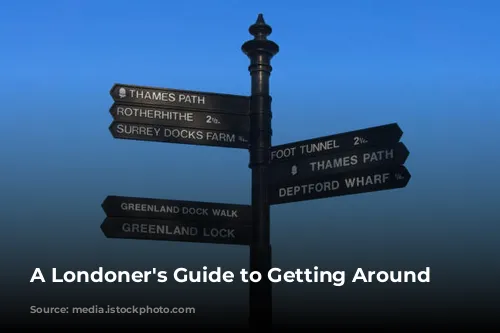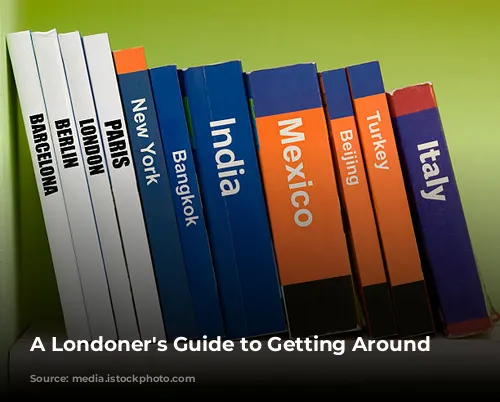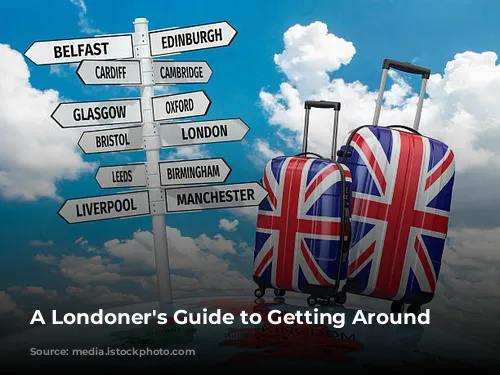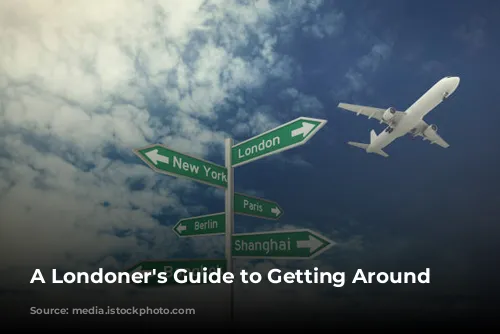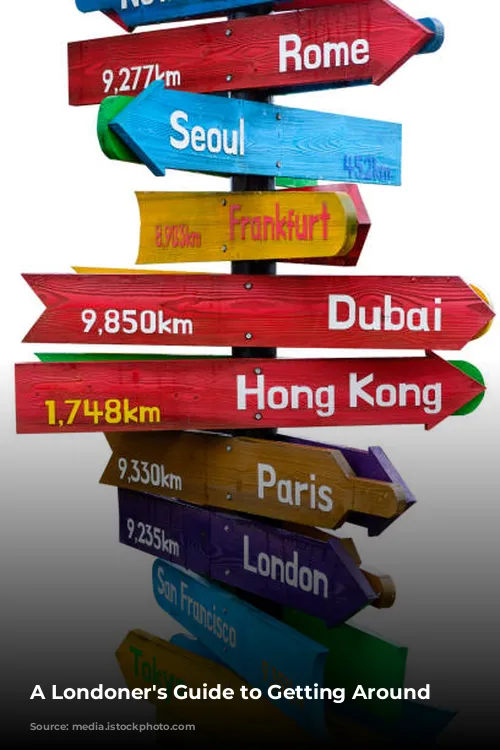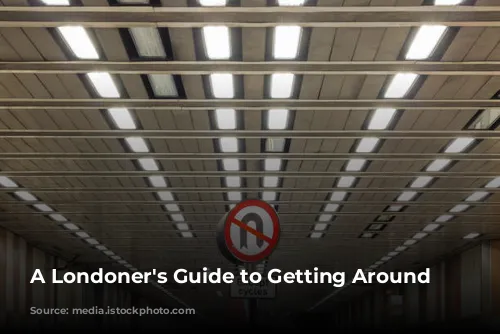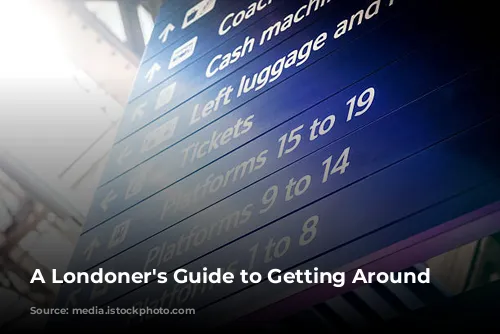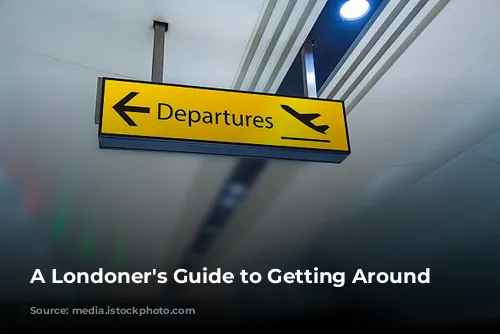London is a city that’s easy to navigate, even without a car! Public transportation is excellent, making it a breeze to hop around the city. Google Maps is your best friend when planning your routes. Simply enter your starting point and destination, and select the public transport icon. This will reveal all the tube (underground) and bus routes, complete with departure and arrival times.
Walking is another popular way to explore London’s vibrant streets, and it’s a great way to soak up the city’s atmosphere. As a solo female traveler, I felt safe walking around London’s diverse areas.

Paying for Your Journey
There are several ways to pay for public transport in London, including Oyster Cards, contactless payments, and Travelcards.
Oyster Cards, available at any tube station, are plastic cards used for paying for trips on the tube, buses, and trains. You can purchase an Oyster Card or a Visitor Oyster Card at kiosks and load it with cash or your credit card. Oyster Cards offer a daily cap, which means you only pay a maximum amount per day, no matter how many times you travel. However, Visitor Oyster Cards have fewer benefits and cannot be used for travel passes. They are only available for purchase and delivery before you travel to London.
Since 2023, contactless payments are also accepted on tube and bus services. Simply tap your contactless credit card or digital wallet (Google Pay or Apple Pay) on the reader where you would normally tap an Oyster Card.
Travelcards are prepaid cards for unlimited travel within specific zones in London. They are ideal for longer stays, particularly those of seven days or more. You can purchase a 7-day Travelcard and load it onto your Oyster Card for a significant saving. However, Travelcards can only be loaded onto regular Oyster Cards, not Visitor Oyster Cards.

Exploring London’s Underground
The London Underground, fondly known as “the Tube,” is the oldest subway in the world, dating back to 1863. It’s a fast and efficient way to get around London, and I use it multiple times a day when I’m in the city. While it has undergone numerous upgrades over the years, some stations are still not accessible for people with mobility issues. Accessible stations are marked with the International Symbol of Access (ISA) on the Tube map.
When entering a tube station, you’ll need to tap your Oyster Card, contactless card, or digital wallet to pass through the turnstiles. Remember to tap again on your way out. Each station features a map displaying the tube lines and their stops. Before arriving at your destination, find the name of the tube station nearest to your final destination.
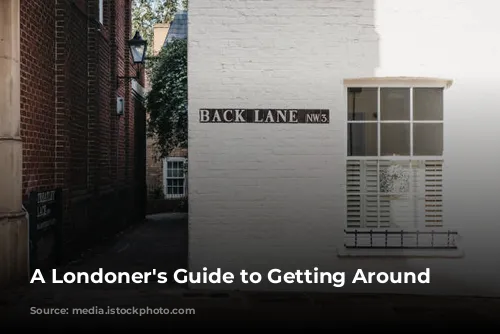
Ride-Sharing Options
Ride-sharing services like Uber, Lyft, and Bolt operate in London. You can book a ride through their respective apps if you have cellular service or WiFi. Bolt, a new option for many coming from the U.S., is often cheaper than Uber and Lyft. While Bolt rides in Malta were reliable, some have reported longer wait times in London.
All three apps offer scheduled rides, which can be a lifesaver for early-morning journeys.
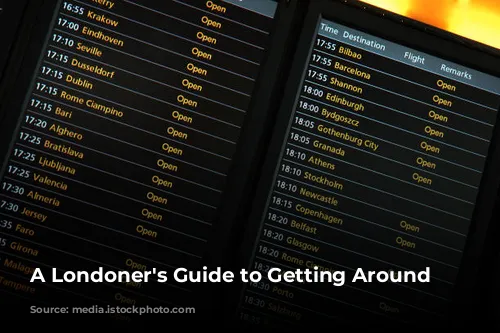
Bike and Scooter Adventures
London also boasts an extensive network of bike paths, accommodating bikes and scooters (including electric scooters). However, these vehicles are not allowed on sidewalks. For information about bringing bikes and scooters onto public transport, visit the Transport for London (TfL) website. While London is bike-friendly, I’d recommend sticking to walking or public transport, especially if you’re new to the city.
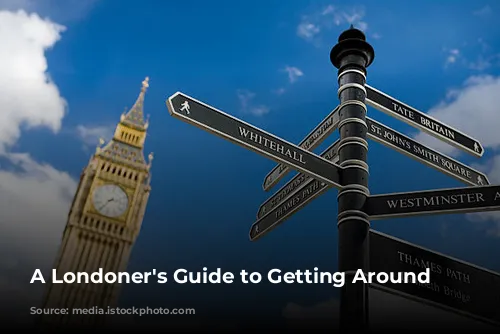
The Pleasure of Walking
London is a remarkably walkable city, and many locals embrace walking as a part of their daily routine. I adore this aspect of London culture and love exploring the city on foot. You’ll discover hidden gems and charming areas you might not have otherwise encountered. Even on rainy days, Londoners are out and about, armed with umbrellas, rain boots, and warm coats.
Walking is a fantastic way to experience the true essence of London!
